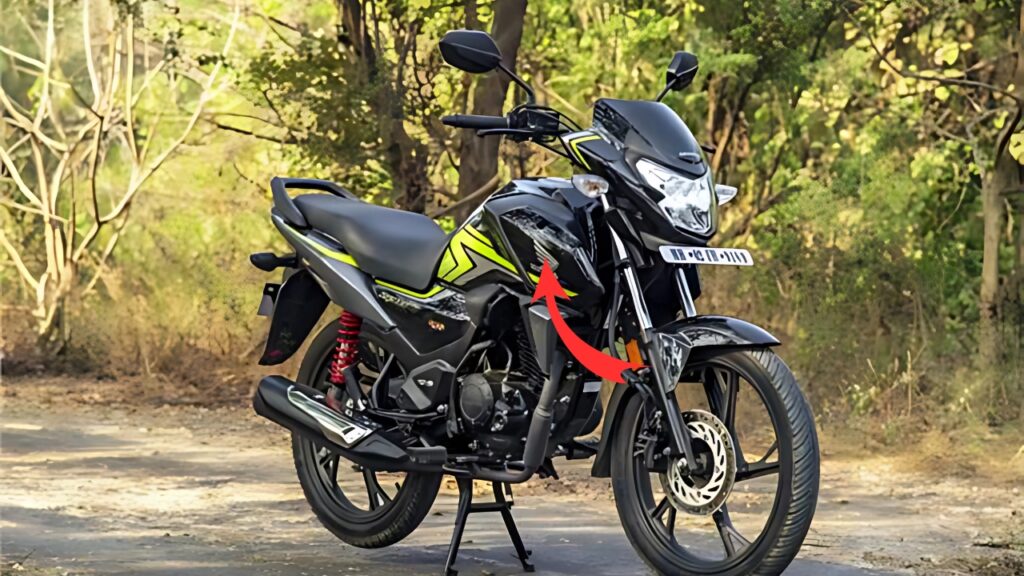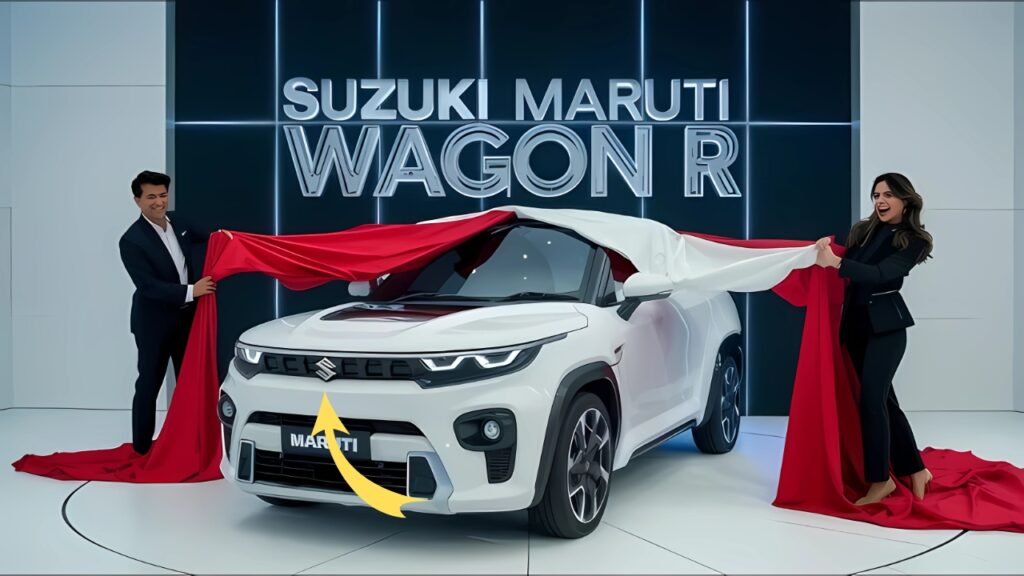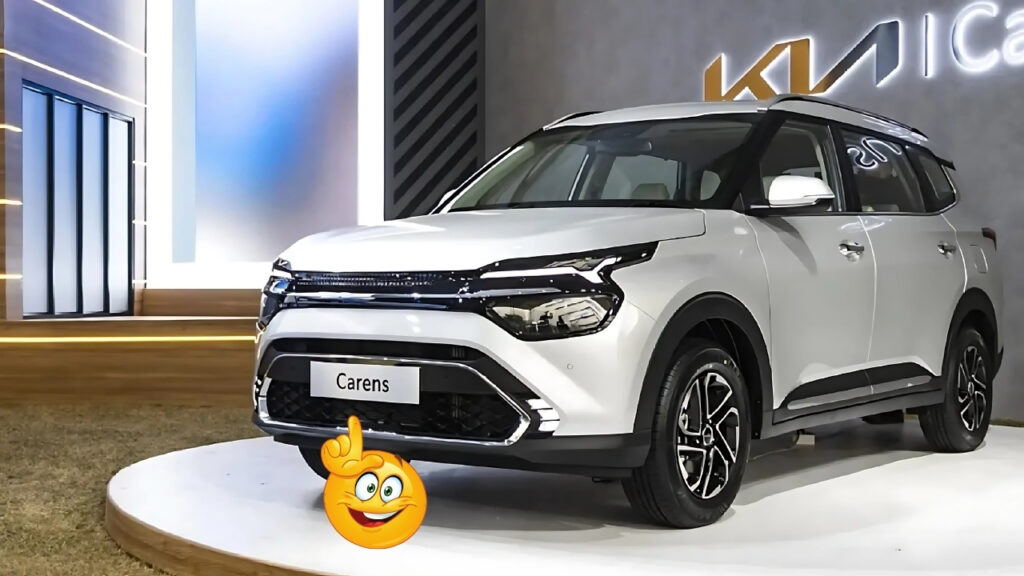“Mini Fortuner”: The Toyota Fortuner has become something of a status symbol in India—it is a vehicle that connotes success, rugged capability and premium positioning without touching luxury-brand territory.
Its unique styling—especially the brash chrome-laden grille, bulging wheel arches and wraparound rear windows—has become a common sight on the roads of India.
Such bold imagery has set up a yardstick that the industry and the customers both now know is desirable.
The fact that there is a “Mini Fortuner” phenomenon is interesting by itself and what makes it more interesting is this phenomenon does not always mean hating the designs that inspire these vehicles.
Where derivatives often get written off as unimaginative in some markets,Indian buyers readily embrace the use of premium-esque design elements on smaller and more affordable vehicles.
This acceptance gives rise to a market environment where manufacturers can clearly target your desire without fear of major backlash.
Table of Contents
“Mini Fortuner”: Key “Mini Fortuner” Rivals

Many cars have been christened with the “Mini Fortuner” tag due to design elements that mimic the larger SUV’s styling language.
The most direct embrace of this link comes in the Toyota Urban Cruiser Hyryder, whose front fascia has an arrangement of grille and headlamps that is a clear call to its bigger sibling.
The continuity in design derives from the same manufacturer, which signifies a choice of brand language rather than imitation.
While the XUV300 earned its moniker in large part due to similarities in proportions and stance rather than the finer details of its styling, it earned the ‘baby XUV’ nickname nonetheless.
This brand association goes to show that “Mini Fortuner” namesake also translates to character and stature and not just exact design replication.
The most embracing of the comparison is the Toyota Urban Cruiser, the rebadged Maruti Suzuki Vitara Brezza, which is from Toyota’s partnership with Suzuki.
Of course, the front grille and bumper were redesigned by Toyota’s in-house design team to include a stronger dose of Fortuner DNA, so there’s much more of a family resemblance to the ISO-FX than there is to the Maruti original.
This implied styling alignment shows how manufacturers understand these comparisons are made, and how they occasionally purposely develop them.
Reality Engineering vs Aspiration Design
While these might share visual connections with the Fortuner, they actually differ fundamentally compared to the Toyota when it comes to their engineering approach.
While the Fortuner uses a body-on-frame layout as you would expect in a traditional SUV, these models we’ve dubbed “Mini Fortuners” get monocoque architectures designed for on-road comfort, fuel efficiency and urban maneuverability rather than extreme off-road capability.
This distinction encapsulates an interesting compromise in the market; consumers receive the visual association with the premium model whilst the manufacturers are able to provide vehicles that are arguably more in line with usage patterns.
Most urban- and suburban-bound drivers rarely engage hardcore off-road capabilities that body-on-frame construction allows, so the monocoque approach is more suitable to a daily-driving role even if it does advance ruggedness.
Powertrains also mirror this pragmatic reality, with most “Mini Fortuners” featuring four-cylinders displacing between 1.0 and 1.5 liters, frequently with turbochargers that sacrifice some performance for efficiency.
These lower-capacity engines do hold less appeal than the Fortuner’s larger naturally-aspirated and turbo engines, but better align with segment needs factoring regulatory compliance and ownership costs.
Price Impact and Consumer Reaction
From a marketing standpoint, the “Mini Fortuner” trend has been hugely successful. Vehicles that carry this moniker often receive the benefit of the doubt without getting too much grief for derivative design.
This is also in part because of the open nature of the approach — instead of trying to hide the influence, manufacturers usually effectively acknowledge these ties in their press releases.
The same has been true for consumer reception, as many buyers are specifically seeking out these models because they mimic more premium offerings.
Owners of these vehicles often revel in their similarity, as the scoop from the we’ve-seen-it-all-and-can-do-it-even-better-ladge usually brims about the comparison, creating the impression a relationship is anything other than detrimental, and indeed adds value to ownership.
The introduction of several “Mini Fortuner” models available for sale has received excellent reception as well as sales figures, considering that they need to contend with strong competition in their segments.
That success shows how well in that space of blending aspirational design with real-world affordability, while still providing real value and meeting emotional and status-related consumer needs.
Cultural Importance Beyond Transport
The whole Mini Fortuner trend is a reflection of bigger trends in automotive culture for a maturing market like India.
While premium perceptions born out of originality and distinction in mature markets, in India, consumers often favor distinctive cognizable associations to different generations of status symbols.
This also shows a market archetype that is still very much developing towards its auto-intuitive form, where the well established C-Segment serves as a very relevant signpost for buyers.
These vehicles are also afflicted with the same approach of; car designing and branding, which has led to the such inference, over multiple brands and across various vehicle categories, beyond the ‘Mini Fortuner’ wave.
We see similar patterns with nicknames—such as “Mini Land Cruiser” or “Baby Jeep”—affixed to wide-ranging compact SUVs that nod to legendary styles in their design cues.
This consumer psychology creates both opportunities and challenges for manufacturers. The real opportunity is in utilizing established design equity across various price points and segments.
The trick is finding a balance between recognizable inspiration and innovative design that is sufficiently different from other models in growing product lines to stand out.
“Mini Fortuner”
While a major player in potential volumes, one wonders if the ‘Mini Fortuner’ brigade will continue or slowly make way for more unique form factors, as India’s automotive market matures.
While arena-filling German brands may tone it down (as some have already), Mark V there will bleed all the colors to do nothing more than maintain visual links and familial ties through even the newest entry levels and premium models for as long as possible before fading into a black hole as well.
That said, manufacturers are progressively seeking more nuanced versions of this strategy — using some recognizable brand elements but cultivating unique sub-identities for different vehicle categories.
This development enables them to preserve aspirational ties while cultivating unique personalities for their own model.
Whatever direction this trend will take, the “Mini Fortuner” phenomenon serves as an useful case study in the dynamic relationship between consumer psychology, cultural values, and automotive design in one of the world’s major emerging markets.
The continuing success of these cars shows how well they’ve fused practical transportation requirements with the emotional and social parts that make vehicles so much more than just another simple, utilitarian device in public life.





